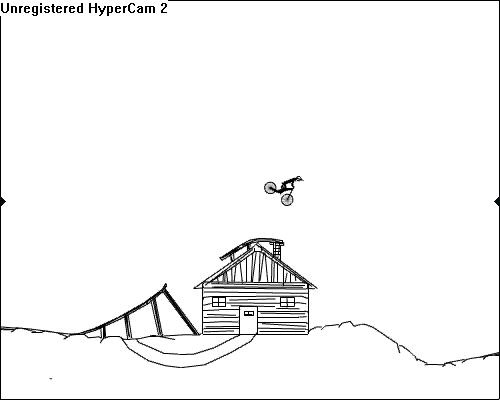

If you convert a public good into private, then you could force everyone to pay to use it.
#FREE RIDER 1 FREE#
Not everyone will pay, but the generosity of the people that will pay will make up for the free riders. People often don’t mind making a small donation towards a garden or a museum. This can be effective for services that a low cost. For example, if we have a public good like national defense, we can get everyone to pay for it by using tax revenue to pay for the national defense budget. One solution is to treat all beneficiaries as one consumer and then divide the cost equally. The government provides defense for all its citizens regardless of much they contribute in taxes. However, this creates an incentive for people to not care about throwing trash since someone else will take care of their mess. If there is trash on a public beach, and someone starts picking up all the trash, then everyone benefits from the cleaner beach.

Some other examples of the free rider problem 1. This goes on until everyone decides to not contribute to the project. They know that they would get to use the bridge even if they didn’t pay the same amount as the next person. What ends up happening is that every individual tries to lower the value of the bridge. This means if everyone contributed $100, there would be an excess of $5,000. However, the bridge costs only $2,000 to build. There is a project to build a bridge that would benefit 50 people and each one of those 50 people is only willing to pay $100 towards the project. Wikipedia is another example of the Free Rider problem – few people contribute (financially or otherwise), but everyone gets to use it. And non-rival means that the consumption of the good doesn’t reduce the availability of the good for other people.Īs a result, private firms have no incentive to produce such goods since they can’t make everyone pay for them. Non-exclusive means once you provide it for everybody, you can’t stop people from using it. Public goods have two characteristics that set them apart they are non-rival and non-exclusive. For example, you cannot prevent anyone from utilizing the benefits of a street lamp, even though they haven’t paid for it. Since these goods are non-rival, it means that they cannot exclude other people from consuming them. This situation leads to the underproduction of such goods.

This means no one will want to contribute towards the building of a bridge because they know that even if they don’t participate in paying for the bridge, someone else will, and the bridge will get built anyway. Everyone says they will, and they also know that even if they don’t contribute individually, other people will contribute enough or the local municipality will find a way to pay for the bridge. The Free Rider Problem occurs because of the failure of individuals to reveal their real or true preferences for the public good through their contributions.įor example, when a town wants to construct a vital bridge, it will ask the people of the town if they will contribute towards the construction costs. Similar Posts: The Free Rider Problem Explained


 0 kommentar(er)
0 kommentar(er)
